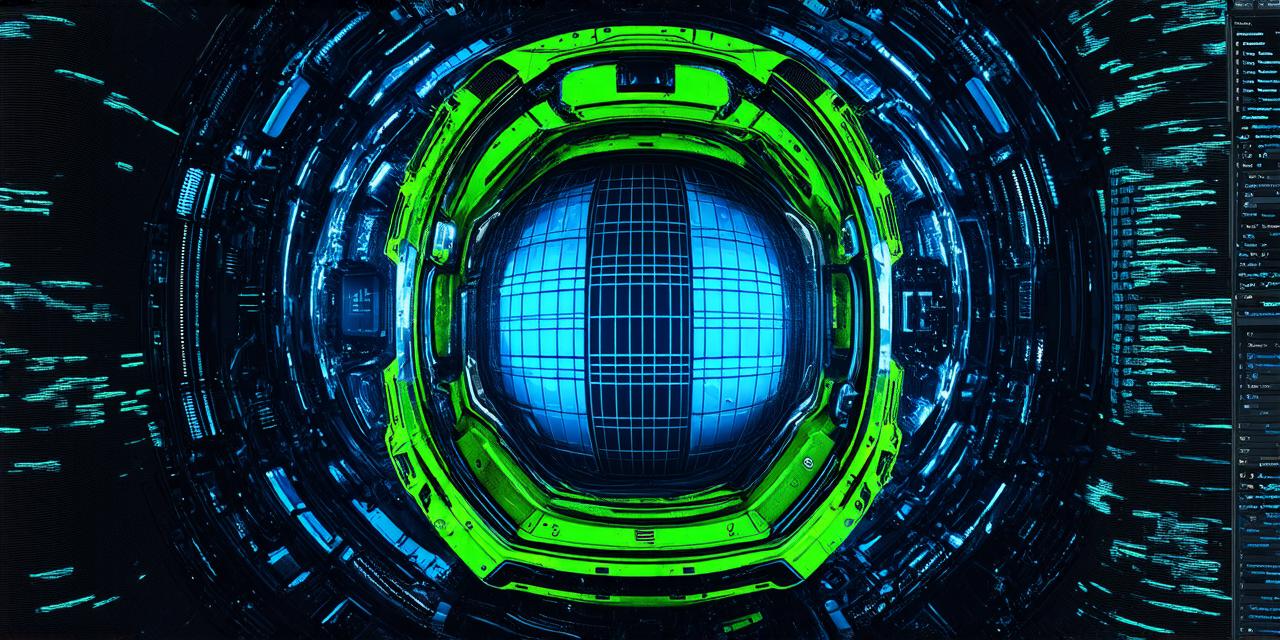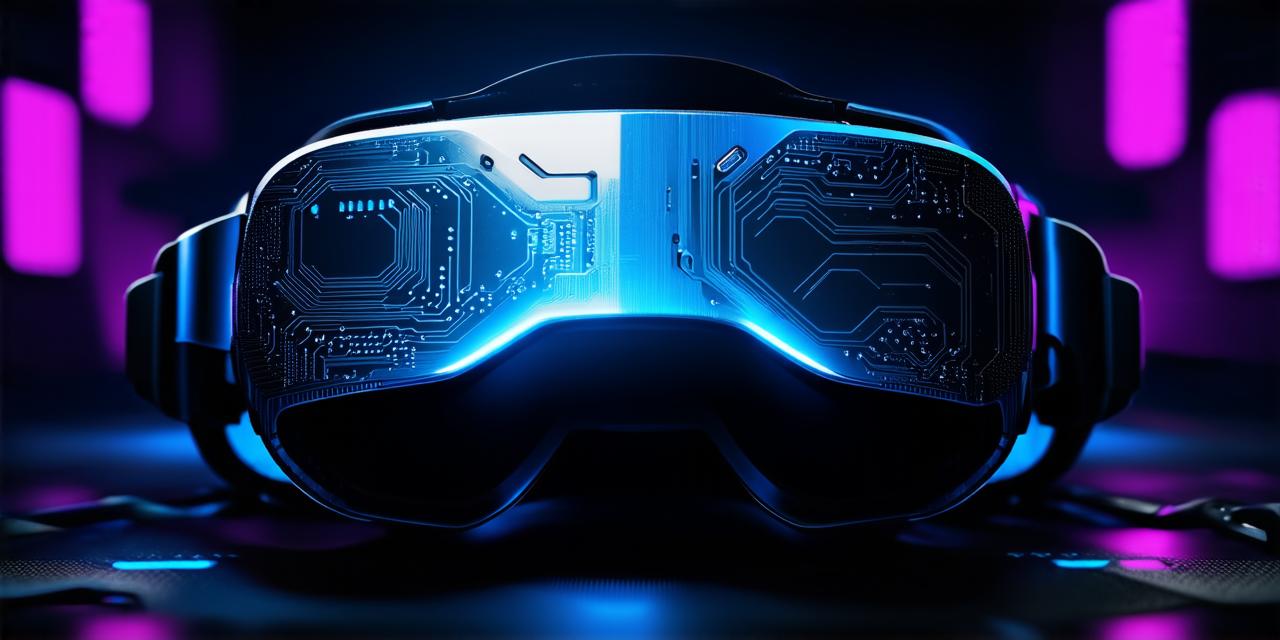
What does it take to become an immersive developer?
In the dynamic landscape of Virtual Reality (VR), immersive developers are the visionaries shaping tomorrow’s experiences. This article will guide you through the steps to join their ranks, delving deeper into the skills, mindset, and opportunities that await.
The Solid Foundation: Mastering the Basics
A robust foundation in programming languages such as C++, C, or Java is indispensable. Familiarity with 3D graphics and mathematics is also vital. Additionally, gaining proficiency with VR Software Development Kits (SDKs) like Unity or Unreal Engine is crucial.
The Immersive Edge: Acquiring VR-Specific Skills
Beyond the basics, immersive developers must master the art of creating immersive experiences. This involves understanding spatial awareness, motion tracking, and rendering techniques that minimize lag and maximize realism. Furthermore, developing a keen eye for detail and an intuitive sense of user interaction is essential to create truly captivating VR environments.
The Pioneer’s Path: A Case Study
Palmer Luckey, co-founder of Oculus VR, serves as a prime example of the journey from hobbyist to pioneer. Starting in his garage, he built his first headset and, fueled by passion and determination, created one of today’s most influential VR companies.

The Frontier: Pushing Boundaries
Experimentation is the lifeblood of VR development. From testing new rendering techniques to exploring innovative interaction methods, pushing boundaries can lead to groundbreaking discoveries that redefine the limits of what’s possible in virtual reality.
The Collaborative Spirit: Working with Artists and Designers
Immersive developers often collaborate closely with artists and designers to create visually stunning environments. This collaboration is essential in bringing ideas to life and crafting truly immersive experiences that captivate users.
The Horizon: Where the Path Leads
The future of VR development is ripe with opportunity. With advancements in AI, machine learning, and haptic technology, the possibilities are limitless. The challenge lies in staying ahead of the curve and continuously innovating to create experiences that push the boundaries of what’s possible in virtual reality.
FAQs
Q: What programming languages should I learn for VR development?
A: C++, C, or Java are commonly used. Familiarize yourself with Unity or Unreal Engine as well.
Q: How can I get started in VR development?
A: Start by learning the basics of programming and 3D graphics. Experiment with VR SDKs and consider building your own projects to gain practical experience.
In Summary
Becoming an immersive developer requires a blend of technical skills, creativity, and a relentless pursuit of innovation. With dedication, passion, and a willingness to learn, you too can help shape the future of virtual reality and create experiences that captivate users’ imaginations.

